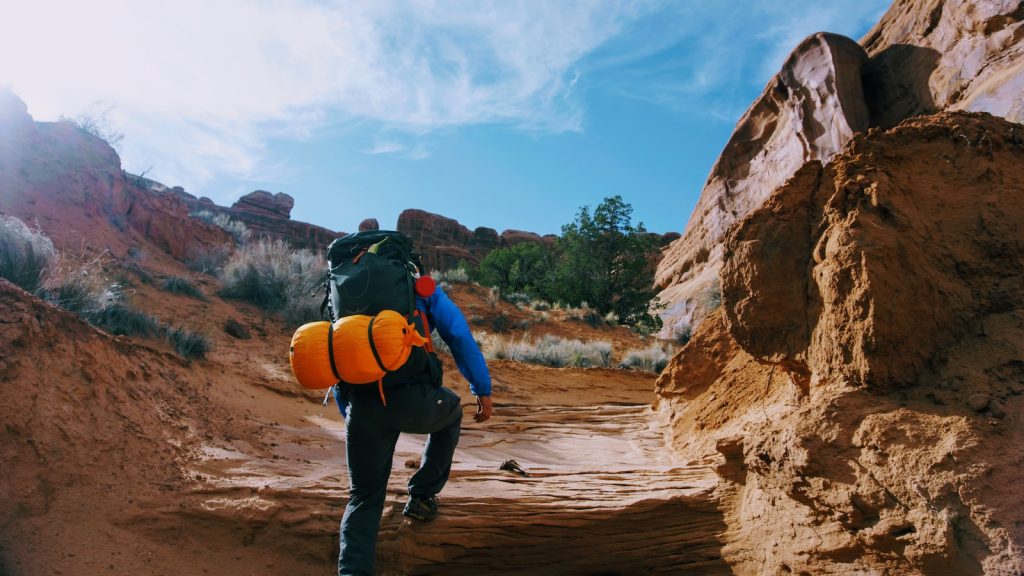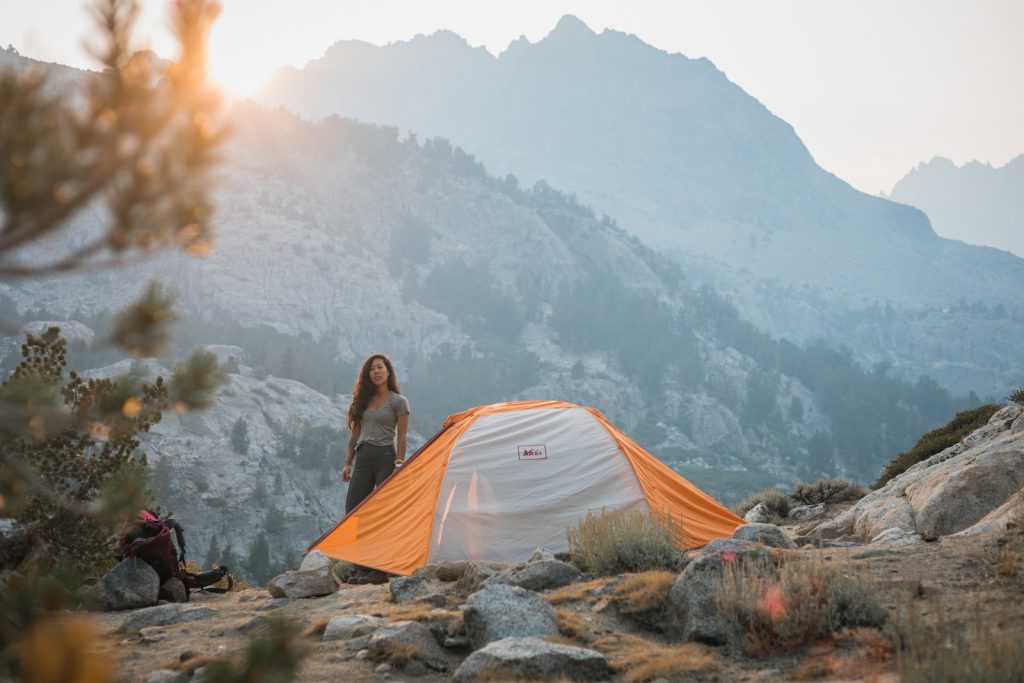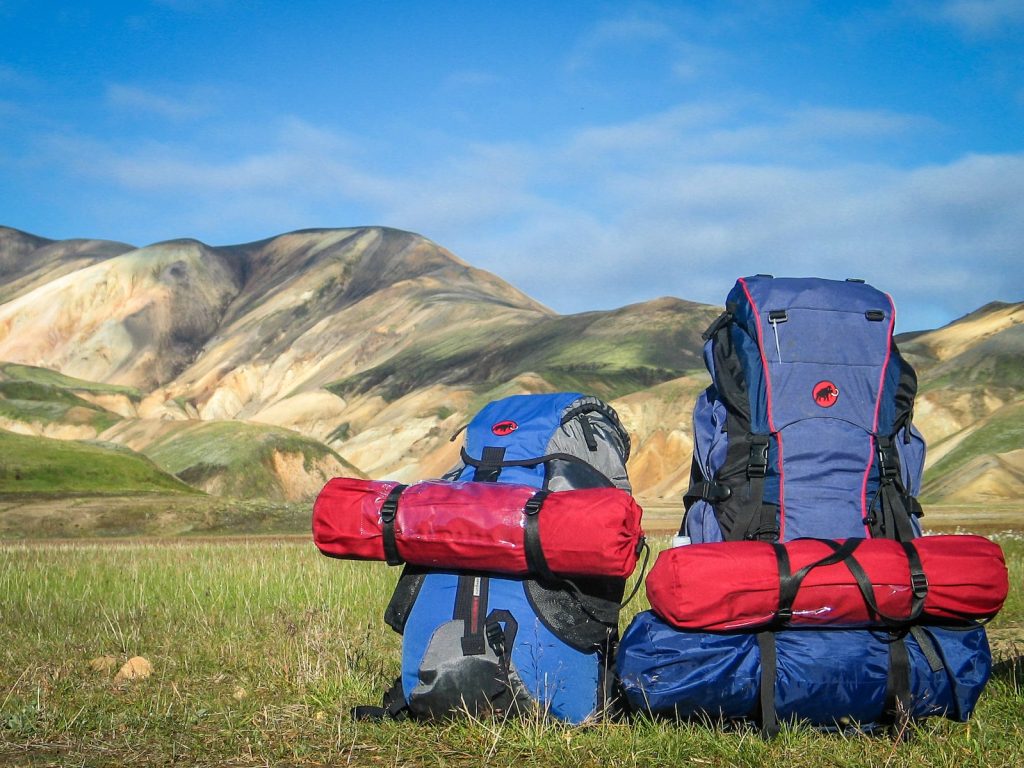The journey to discovering the ideal base weight for backpacking can be fraught with confusion, as you sift through various suggestions and weigh the pros and cons of different gear. Achieving the perfect balance between pack weight and personal comfort, however, can lead to a more enjoyable and successful outdoor experience.
The ideal base weight for backpacking varies, but the goal is to remain within your comfort zone. Lightweight backpacks range between 10-20 lbs and ultralight backpacks under 10 lbs. Find your ideal weight by staying within 20% of your body weight and prioritizing items that meet your needs during a hike without compromising safety and comfort.
Why is Base Weight Important?
Base weight refers to the total weight of your backpack and all the gear you carry, excluding consumables such as food, water, and fuel. It’s a crucial factor to consider for backpackers because the weight of your pack directly impacts your comfort, stamina, and overall performance on the trail. Carrying a heavy backpack can lead to physical strain and increased fatigue, which in turn can reduce your overall enjoyment of the outdoors.
A lower base weight typically means increased comfort and efficiency on the trail. However, achieving the ideal base weight can be a balancing act between comfort, safety, and effectiveness. If you opt for an ultra-light setup, you may sacrifice certain comfort or safety items that could prove useful in specific situations.

How to Determine Your Own Comfort Zone?
Determining your personal comfort zone involves closely examining your backpacking needs and preferences. This process may require some trial and error, as it will vary based on factors such as fitness level, backpacking experience, and the specific demands of your chosen trail or destination. Below are some steps to guide you towards finding your ideal base weight:
Analyze Your Personal Preferences
Start by considering your own preferences and priorities. Are you someone who values a minimalist approach or do you prefer a few creature comforts on the trail? Your priorities will influence the type of gear you choose, from lightweight tents and compact cooking systems to plush sleeping pads and inflatable pillows.
Identify Key Gear Items
Next, make a list of essential gear items that you simply cannot do without on the trail. These items typically include your backpack, shelter, sleeping system, and cooking gear. Add any personal must-haves, such as specialized clothing, gadgets, or tools that contribute to your comfort and enjoyment on the trail.
Consider Pack Weight and Volume
When selecting gear, consider both the weight and volume of each item. A lighter backpack is easier to carry, but it’s also important to select gear that packs down small to conserve space. This is especially true when it comes to items like your tent, sleeping bag, and clothing layers.
Research and Invest in Lightweight Gear
Research is the key to finding lightweight gear that suits your needs and budget. When shopping for gear, read reviews, and compare specifications to find gear that achieves a balance between weight, performance, and durability. In my experience, investing in high-quality lightweight gear can be worth the extra expense, as it can greatly enhance your overall backpacking experience and last for years to come.
What’s the Ideal Base Weight for Different Backpacking Types?

There is no one-size-fits-all answer for the ideal base weight because it ultimately depends on individual preferences and the specific demands of each trip. However, the hiking community often divides backpacking styles into three general categories: traditional, lightweight, and ultra-lightweight. Each category offers a different range of base weights for you to consider.
Traditional Backpacking
Lightweight Backpacking
Lightweight backpackers aim to achieve a base weight between 10-20 pounds. In this range, backpackers often prioritize a mix of comfort and efficiency, carefully selecting gear that offers a balance between lower weight and adequate functionality. This approach often includes investing in multi-purpose gear or items made from lightweight, yet durable materials such as ultralight tech fabrics, titanium, or carbon fiber. Lightweight backpackers are also more likely to use items like trail runners instead of heavy hiking boots and may pack fewer clothing items or gadgets than traditional backpackers.
Ultra-lightweight Backpacking
Ultra-lightweight backpackers aim for a base weight below 10 pounds. To achieve this weight, ultra-light enthusiasts often make significant sacrifices in terms of comfort and gear choice. This means selecting gear focused on minimalism, high-quality materials, and advanced designs. It also requires a significant amount of planning and adaptability on the trail since every item counts in these low-weight setups. Keep in mind that ultra-lightweight backpacking may not be right for everyone and is often a greater challenge for beginners without prior experience in lighter weight backpacking styles.

Practical Tips for Reducing Base Weight
No matter which backpacking category you lean towards, here are some practical tips to help you reduce your overall base weight:
Eliminate Redundant Items
Carrying duplicate or unnecessary items will only add to your pack weight, so critically review each item in your pack and ask whether you truly need it. Sometimes certain gear can serve multiple purposes or can be shared among companions, which can reduce individual pack weight.
Opt for Multi-purpose Gear
Choosing multi-purpose gear can help maintain a lower base weight without sacrificing efficiency or convenience. For example, you can use a single versatile garment for multiple purposes, cook in one pot using a lightweight stove, or opt for a tarp that doubles as a rain poncho.
Replace Heavy Items with Lighter Alternatives
Evaluate your gear and consider replacing heavy items with lighter alternatives. This may mean investing in new pieces of equipment or making alterations to existing gear. For example, replace a heavy sleeping bag with a high-quality down quilt or switch out a standard tent for a lightweight tarp shelter.
Minimize and Repackage
Another simple method to reduce weight is to minimize and repackage consumables such as toiletries, first aid supplies, or food items. Instead of carrying full-sized containers, transfer essential items, like sunscreen or medication, into smaller containers or use zip-top bags to store and organize your supplies.
Factors Influencing Ideal Base Weight
While working towards finding your ideal base weight, it’s important to consider various factors that may influence your overall comfort and performance on the trail. These factors include:
Trip Duration
The length of your backpacking trip plays a significant role in determining the ideal base weight. For shorter trips, you may be able to cut back on certain items or bring fewer consumables, allowing for a lighter pack. On the other hand, for extended trips, you may need to carry more food, fuel, and extra clothing or gear, which could increase your overall pack weight. Always consider the duration of your trip when determining your ideal base weight.
Terrain and Trail Conditions
Different terrain and trail conditions call for different gear requirements, which will inevitably affect your base weight. For example, if you’re tackling a challenging or technical trail, you may need to carry additional safety gear or hiking aids such as trekking poles or crampons, adding to your pack weight. Similarly, in muddy or wet conditions, it might be necessary to bring extra footwear or waterproof layers.
Climate and Weather

Climate and weather are crucial parameters to consider when determining your ideal base weight. If you’re backpacking in extremely cold or wet environments, you’ll need to bring more clothing layers, a warmer sleeping system, and potentially a more robust shelter. These extra items can add to the total weight of your pack; however, they are essential for maintaining safety and comfort in harsh conditions. In contrast, warm and dry conditions may allow for a lighter pack, as fewer layers and a simpler shelter system may suffice.
Group or Solo Backpacking
If you’re backpacking with a group, you may be able to share some gear items or split the weight of communal items amongst the group members, helping to lower your overall base weight. Solo backpackers, on the other hand, will have to carry all of the essential gear independently, potentially resulting in a heavier pack.
Adapting Base Weight Over Time
As you gain backpacking experience and become more familiar with your personal requirements on the trail, continually evaluate your gear choices and adjust your base weight accordingly.
Regularly Assess Your Gear
After each trip, reflect on the performance of your gear: which items performed well and which fell short of expectations? Were there items you never used or found redundant? By constantly assessing your gear choices, you can make adjustments to your setup and fine-tune your base weight according to your preferences and the specific demands of your trips.
Stay Up-to-Date on Gear Innovations
The backpacking gear industry is continuously evolving, with new gear innovations and lightweight materials becoming available regularly. Stay up-to-date on the latest gear trends and consider upgrading your gear as new solutions become available. This can not only help you reduce your base weight but also improve the overall quality and effectiveness of your gear.
Practice Skills for Efficient Backpacking
Developing and honing your backpacking skills can also play a role in achieving your ideal base weight. For example, learning how to pack more efficiently or cook with minimal gear can further reduce your pack weight and enhance your overall trail experience.
As you continue your backpacking journey and adapt your base weight over time, remember that the primary objective is to find your own comfort zone – a balance between pack weight, comfort, safety, and effectiveness that allows you to thrive in the great outdoors. By staying mindful of these factors and applying thoughtful consideration to your choices, you’ll be well on your way to achieving your personal ideal base weight.





